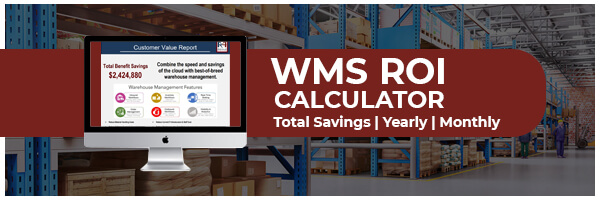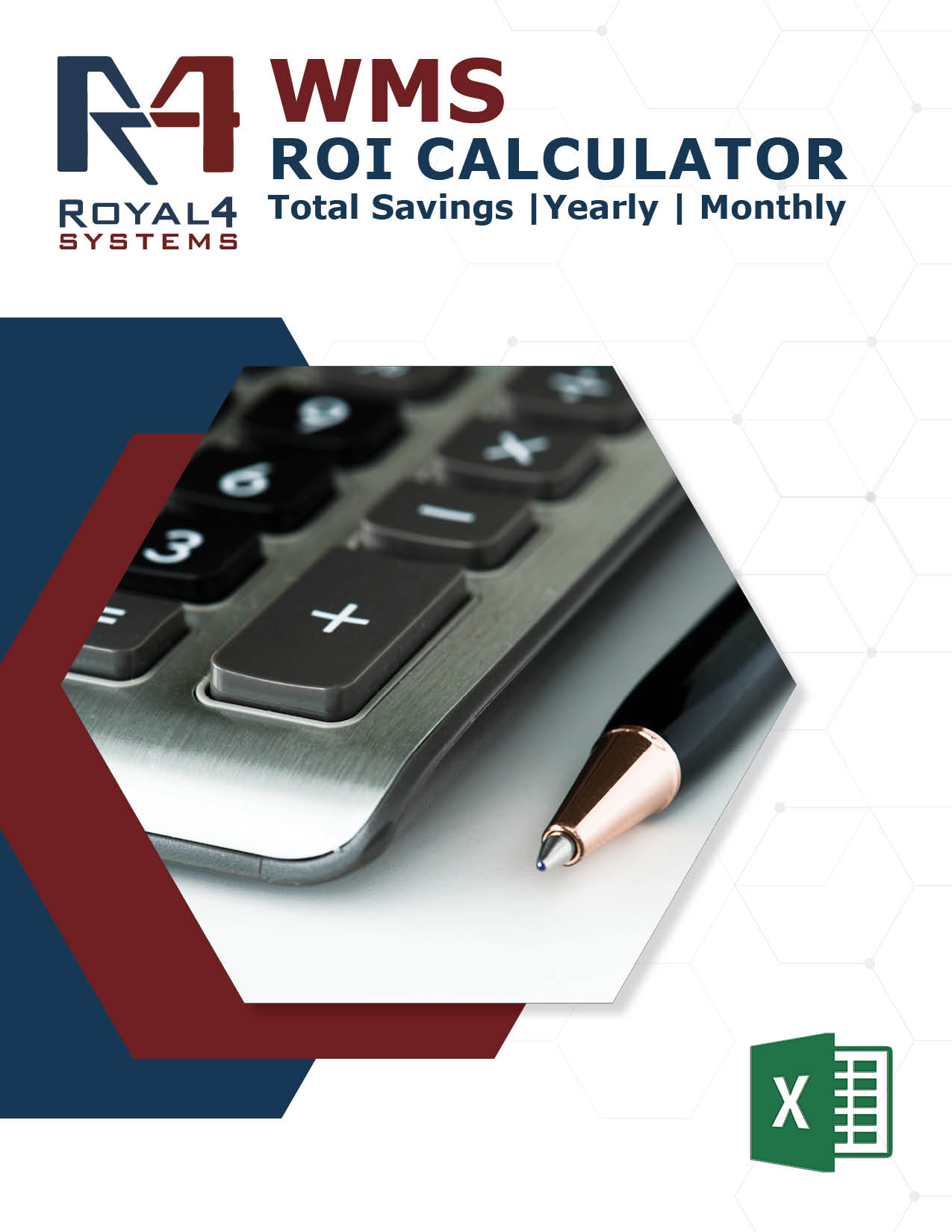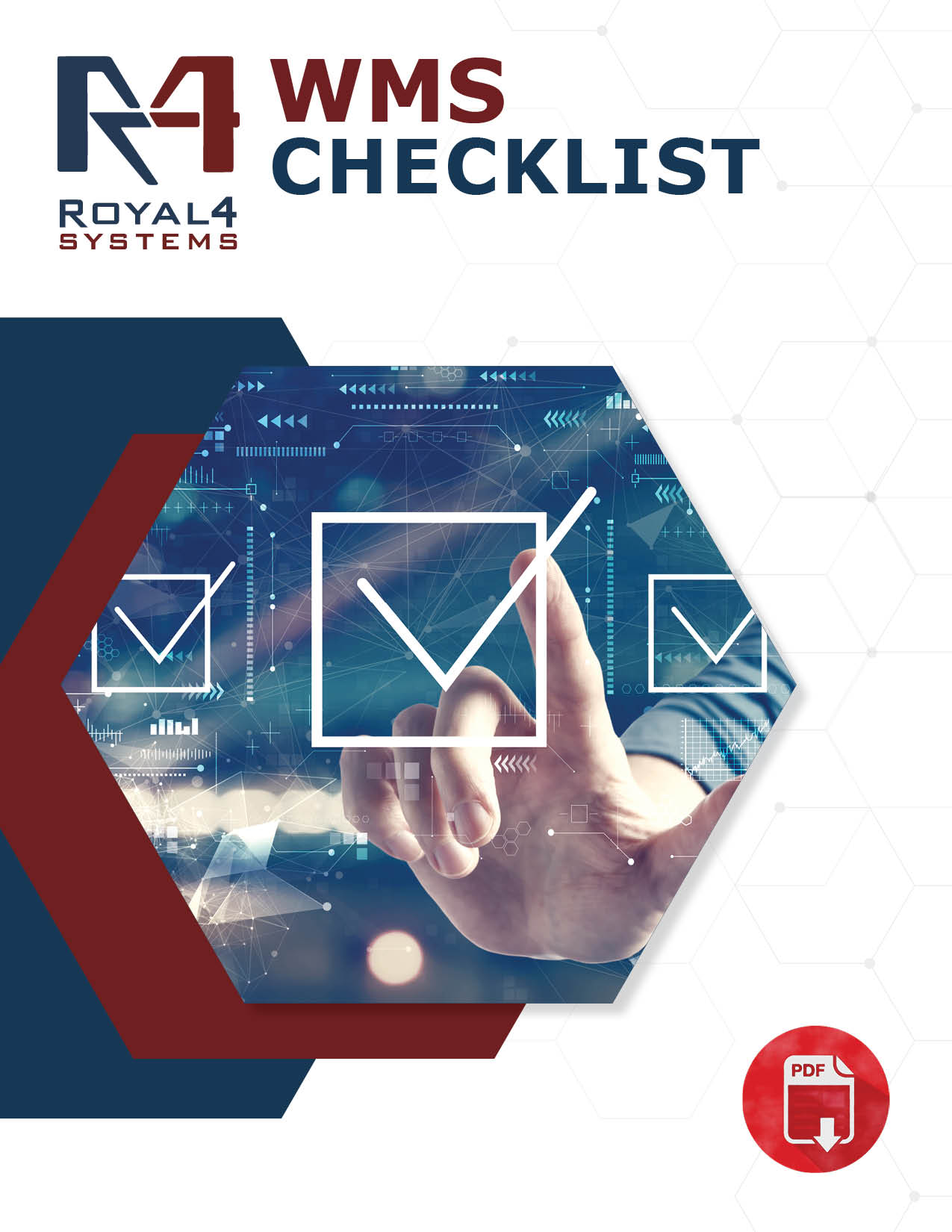In the fast-changing world disrupted by the global pandemic, more and more individuals currently gravitate more towards making transactions online as they spend more time at home – ultimately shifting the way consumers spend and transact. In addition, the pandemic has rapidly reshaped consumer behavior, striking at the supply chain to answer to the increasing demand for goods and products.
With the unprecedented consumer demand, delays in the transportation of goods could significantly impact the supply chain. Therefore, particularly in the logistics and supply chain, businesses must always gear themselves up in managing the swift movement of goods in and out.
To keep up with the growing and changing needs of consumers, warehouses should be able tostreamline critical processes that will allow them to deliver services in the most efficient way. The global pandemic accelerated the adoption of warehouse automation, as companies were compelled to turn to digital technologies that could help them meet and manage such unprecedented demands. One standard technology that can help optimize the warehousing and distribution processes is a Warehouse Management System (WMS).
Warehouse Management System
To answer the demands of the market, a Warehouse Management System is essential in streamlining critical business processes among companies to ensure that all goods—from raw materials to finished products—move through warehouses in the smoothest and most efficient approach. The said software helps companies to efficiently manage storage operations and streamline inbound and outbound logistics processes. A WMS also allows companies to have visibility over its inventory to ensure proper movements of goods to avoid any delays in shipping or outbound transits.
WMS may either run on a company’s in-house (on-premise) servers or be hosted online (via the cloud) by a third-party service provider. The adoption of the latter is increasingly becoming more popular as the business landscape increasingly shifts towards digital. A cloud-based WMS is easily scalable, allowing businesses to pay only for the number of users and system requirements needed. Being on the cloud also offloads the IT department’s burden of managing an on-premise server, allowing them to focus on other core and critical operations of the business. With a cloud-based WMS that operates on a software-as-a-service (SaaS) model, companies also get access to up-to-date technologies giving them added agility and an edge in the market.
Factors to consider in determining WMS costs
Now with a brief understanding of what a Warehouse Management System (WMS) can bring to a business, there are other factors to consider before proceeding to acquire one. To get a grasp of how much warehouse management system software costs, it is important first to know that WMS prices vary, depending on an organization’s size, products, industry, and specific needs.
These are some of the main factors that need to be considered to determine how much a WMS costs:
Number of users
- One of the main factors to include in determining a WMS cost is the number of users who will be utilizing the software. Note down how many warehouse workers or administrative staff will use the WMS as this affects how much the subscription fees would be. Most technology providers base the WMS cost on the user count—the higher the number of users, the more expensive it may be. In order to get a ballpark figure on how much these licenses would cost, simply multiply the base WMS subscription fee by the number of users.
Products and industry
- Other factors that need to be considered to gauge the costs of a WMS are the type of products a company handles or distributes and which industry they belong to. The complexity of a product’s storage, manufacturing, and shipping play a role in the cost quotations for WMS. Moreover, companies whose products are regulated by government agencies – such as medicines or cosmetics – may also drive WMS costs higher. These factors affect prices as the technology provider takes into account the scope and extent of the processes of an organization that the software will support.
Hardware
- Companies may also need to factor in the costs of hardware or devices that will be integrated into the Some third-party vendors may provide devices such as barcode or label printers, voice and data terminals, and so on – but with added upfront costs. If an organization already has existing hardware and devices, these may be reconfigured with the software to minimize expenses.
Setting a budget for WMS
The right WMS for any organization will differ according to one’s needs, given not all warehousing operations are the same. Other factors that will affect the WMS costs are the features and capabilities that are included with the type of subscription.
As with the other types of cloud-based softwares in the SaaS payment model, the price range of cloud-based WMS varies depending on the offerings of technology providers. Base subscription costs with entry-level functionalities may range between $75 to $300 per user license on a monthly basis and about $500 or more per user for WMS solutions with higher capabilities and features.
The most affordable WMS softwares usually include low-scope functionalities such as inventory tracking, order management, inbound and outbound logistics management, among other standard features. Even at the base subscription service utilizing standard features, the warehouse can fulfill orders easier and more efficiently, improving operations.
Those WMS subscription costs in the higher tier, on the other hand, include services that are broader in terms of scope which are generally more apt for larger companies or enterprises. For example, these services may consist of the inventory of multiple warehouses, palletization, delivery, amongst other things. In addition, WMS providers may offer a wide range of add-on solutions. It is up to an organization to pick which auxiliary services they see fit for their operations.
Because there are many variables that come into play, it may be challenging to provide exact rates on how much a WMS will actually cost. According to a recent research on WMS software adoption, the average budget of an organization for a WMS per person is around $167 on a monthly basis or approximately $10,000 per user over a five-year period. However, aside from the cost of software licenses per user stated above, there are other costs entailing the acquisition of WMS software.
Businesses are also likely to face other expenses for the WMS, such as installation and customization costs, which may range around $10,000 for entry-level subscriptions and about $40,000 or more for WMS in the higher tier. In parallel, businesses may also encounter additional costs with regards to database migration and other customization processes.
Once the system has been integrated into the company’s warehouse, one must also prepare for maintenance and support costs which may range between 15% to 25% depending on the subscription type. Some SaaS models include the monthly maintenance in the subscription price.
The adoption of a WMS does not happen overnight, so employees who are expected to use the WMS will need hands-on training, which may span from weeks to months – depending on the extent of the system’s features and capabilities and its uses in the warehouse. The technology provider may also provide such training programs and materials, which may call for additional costs.
It is critical to note that all these implementation costs are also affected by the operational complexity of a warehouse, so expenses may be higher for businesses with more intricate processes.
Other things to consider
Before taking on the software investment, it is imperative for a business to carefully evaluate the offerings of its prospective technology providers. Aside from assessing each vendor’s capabilities in providing a WMS, it is advised to seek quotations for the different services included in the system to contrast it with the desired budget for the WMS implementation. Calculate projected total cost within a three to five-year time frame to fully determine if it is aligned with the organization’s strategies and goals in the long run. Such data will also help the organization determine if the value offered with the software and vendor services will be worth the hefty investment costs.
More than the implementation costs, the most important thing organizations must bear in mind when deciding to purchase a WMS is its value for the business. The best WMS for any business is one that is able to meet its specific needs and requirements and which will allow it to become more efficient and grow further amid the ever-changing business landscape.
To get a clearer view on how much WMS Software costs, Feel free to download our WMS ROI Calculator.
Request a Consultation
Need more information?
Solutions








![image001[25]](https://www.royal4.com/wp-content/uploads/2023/11/image00125.png)